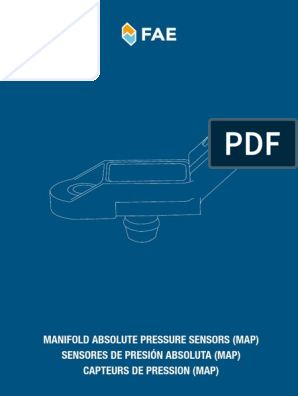0% found this document useful (0 votes)
69 views6 pagesMAP Sensor
The document discusses MAP sensors, including how they work, common failure reasons, troubleshooting steps, and replacement procedures. MAP sensors monitor intake manifold pressure to help the ECU calculate optimal fuel injection. Symptoms of a failing MAP sensor include driveability issues and a check engine light. Specific fault codes related to MAP sensors are provided.
Uploaded by
VesCopyright
© © All Rights Reserved
We take content rights seriously. If you suspect this is your content, claim it here.
Available Formats
Download as PDF, TXT or read online on Scribd
0% found this document useful (0 votes)
69 views6 pagesMAP Sensor
The document discusses MAP sensors, including how they work, common failure reasons, troubleshooting steps, and replacement procedures. MAP sensors monitor intake manifold pressure to help the ECU calculate optimal fuel injection. Symptoms of a failing MAP sensor include driveability issues and a check engine light. Specific fault codes related to MAP sensors are provided.
Uploaded by
VesCopyright
© © All Rights Reserved
We take content rights seriously. If you suspect this is your content, claim it here.
Available Formats
Download as PDF, TXT or read online on Scribd
/ 6



























































